Contents
If there is one thing you can be certain of in this world, it is that disasters and emergencies can strike at any time.
They could hit you in the morning when you and your family are at home, during the day when you are all out at school and at work, and on weekends when you and members of your family might be away from the home.
This is why it is extremely important to create a family emergency communications plan now.
This is the best way to make sure that you and your family can contact and find each other more easily during or after an emergency situation.
Why You Should Create an Emergency Communications Plan
With the unpredictability of disasters and emergency situations, it is smart to come up with an emergency communications plan for you and members of your family. Here is a look at why you should create a family emergency communications plan.
• Be Prepared: You never know when a disaster or emergency might strike. It is crucial to make sure that you and your family are well prepared in the event that one hits you.
Creating a family emergency communications plan is an effective way to prepare for an emergency situation.

You should bear in mind that being prepared for an emergency or disaster well in advance could be what saves your life and that of your loved ones. An emergency communications plan helps ensure that you are prepared for anything that comes your way. See Jack Bauer!
• Communication Channels Might Be Down: During disasters, communication channels, such as computers and mobile phones, could be unreliable.
Electricity could also be disrupted. When you make a family emergency communications plan in advance, it will help in making sure that every member of your household – including children, the elderly and individuals with disabilities as well as those with functional and access needs – know how to get in touch with other and where to meet up in an emergency situation.
We also recommend to read our article about the best bug-out bag foods.
The Five Elements of a Stellar Communications Plan
There are certain elements that a terrific family emergency communications plan should have. Here is a look at 5 elements that you should make sure to include in your plan.
1. Clear: First off, the family emergency communications plan you create should be totally clear about the steps every family member needs to take. It is vital for every member of your household to understand what they need to do, where they should be, etc. when a disaster strikes.

Your plan should also clearly outline what needs to be done when you are together as well as when everyone is in different locations during an emergency.
2. Complete: Needless to say, your family emergency communications plan should have all the vital information required in the case of a disaster or any other emergency situation. In short, it must be complete.
Everything from the location of the meeting point to what everyone needs to bring before meeting to what time everyone should be at the meeting point should be included in the plan.
Last but not least, you should also make sure that you put in a list of things to do in case of a change in plans or some unpredicted situation crops up. Your plan should also have all important numbers, including emergency contact numbers, an out-of-state 24-hour phone contact such as a relative or friend.
3. Unambiguous: All the information and steps you put down in your family emergency communications plan should be precise and understandable.
It is important to make sure that everything is explicitly detailed and clear enough for all members of your household to understand, from the youngest to the oldest. Vague information will only confuse people and make things difficult when the time comes to actually follow the plan.

Create a family emergency communications plan and everything will go well in the event of a disaster or emergency. This is an essential element of any perspicacious family emergency communications plan.
4. Concise: A lot of people tend to make their family emergency communications plan unnecessarily long.
You should bear in mind that it is not the length of the document that matters. What is important is making sure that it contains a well-thought out, concise plan with all the vital information required to prepare everyone for an emergency situation.
Keeping things clear and concise is critical when creating a family emergency communications plan. This way, everyone knows and understands their roles and what they need to do during or after a disaster or emergency.
5. Confirmed: The last element that a concrete family emergency communications plan should have is confirmed details.

Everything you put in the plan should be ingrained into every member of your household’s mind but if you have a son as slow as Jake Harper from Two in a Half Men you may want to write it down for them. You must make sure that they all clearly understand the steps that need to be taken when disaster strikes.
You should also confirm with them all the contact information included in the plan, such as landline and mobile numbers, emergency contact numbers, etc.
This, in addition to the others, is an essential element to keep in mind to create an effective family emergency communications plan.
The Basics of an Emergency Communication Plan
When creating an emergency communication plan for your family, there are certain basics that it should have. These are the steps that everyone needs to follow in case of a disaster or emergency. Here is a look at the basics of a family emergency communications plan.
• Who is to Meet: The first thing to do when creating a family emergency communications plan is to discuss which family member will be designated to send out information about the designated meeting place and who will be meeting whom.
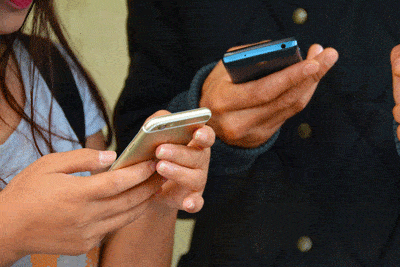
Remember that you will have to put in different scenarios and based on those, make small alterations about the designated person that everyone in the household has to meet as well as the identified meeting point.
Knowing which person has to meet another will make it easier for everyone to locate each other and make sure that you are eventually all together instead of being scattered at different locations – as it happens in so many cases.
• What You Are To Bring: Everyone should be designated to locate and bring specific items to the meeting point.
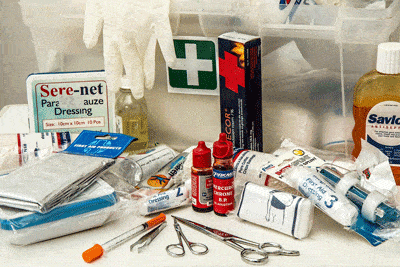
For instance, you should designate one member of your household to collect medical needs, including prescriptions and equipment, while another member is responsible for all the important documents, such as social security cards, copies of birth certificates, copies of everyone’s medical records and vaccination list, property titles, bank account, credit card numbers, etc., life and health insurance account information, etc.
You should also remember to have someone responsible for bringing basics like a first-aid kit, blankets, flashlights, etc.
Once everyone knows what they are to bring, you will have everything that each member of your family needs when there is an emergency situation.
• What You Are to Accomplish Before You Meet: Once every member of your household knows what they need to do and bring when a disaster hits, the next thing they need to know is what they must accomplish before meeting up.
As mentioned earlier, you must designate each individual to bring certain items you will need during or after an emergency.
They should make sure that they accomplish their duties. You should also make sure that everyone contacts each other before heading out to the meeting point. This is extremely important as it is a way to notify each other of their whereabouts and that they are safe.
• What General Location You Are Supposed to Meet At: When it comes to the meeting-point you designate, the first should be a general location. This must be, needless to say, an area that everyone in your family knows.

It should be somewhere that is not too far for any member of your household to get to. This means that it should be close to the place where you and everyone else are likely to be.
For example, you should make the general location you are supposed to meet at a street or next to a specific place, such as a library, store or café.
• What Specific Location You Are Going to Be At: Now that everyone is clear about the general location you are supposed to meet at, the next step is to fix a specific location that you are going to be at.
If a member of your household does not make it in time to the general location, they must know where to go to meet you, and everyone else. You will obviously have to designate a specific place that you will be going to for safety.
Your primary meeting location will most likely be your home, so you should have everyone meet you there.
You may also designate another primary meeting point if you wish. If anyone misses you and other family members at the general meeting point, you should be sure to tell them to head straight to the specific place that you have identified as a meeting point.
• What Time You Are Going to Be at The Location: Once the designated meeting places are confirmed, the next thing to do is fix a time that you are going to be at the location.

Keep in mind that you will have to give everyone time to gather the things that they need to carry. With that in mind, let everyone know at what time they should be at the general location you are supposed to meet at and how long you will be waiting for them to get there – say 10 to 15 minutes, which can be quite a long time during a disaster or emergency.
If they are not there by that time, let them know that you will be at the specific meeting place at a certain time, waiting for them.
• What to Do if Things Change: No matter how well you plan things, you have to bear in mind that anything can change, especially when a disaster strikes or when an emergency occurs.
Situations like these can be incredibly unpredictable. The first thing that everyone should do in case things change is to call or text each other. Let each member of your household let you know where they are and what they plan to do.
It is extremely important to always be in communication with each other at such times. You should also have a plan for things to do, where to go, etc. for any situation where you cannot follow your family emergency communications plan to a T.
You might want to also learn how to bug in during an epidemic.
Extra Tips for an Emergency Communication Plan
There are a few extra tips you should keep in mind when creating a family emergency communications plan, including the following:
• Have Two Meeting Locations: It is always an astute idea to have 2 meeting points when making a family emergency communications plan. This way, if things change, every member of your household knows where to go.
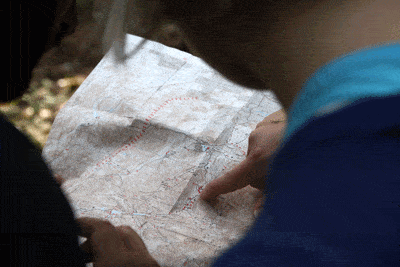
For example, if the first meeting location has been cordoned off by the authorities (hopefully your father is not an egotistical maniac like Walter White in Breaking Bad!) or someone has a problem getting there, everyone can immediately head to the second location to meet up.
As mentioned already, you never know if or when things might change when a disaster or emergency strikes. So, it is crucial to have a second plan in place for such situations. It could make a huge difference in ensuring that you do not lose each other in the melee as well as in saving someone’s life.
• Meet with Your Neighbors: A poignant tip is to meet and talk with your neighbors about family emergency communications plans. You can ask them if they have created one and if you need it, ask them for help with yours.

They could give you ideas to make sure that you make an effective family emergency communications plan. There is also strength in numbers, so you could come up with an emergency plan together.
There can be situations where you need someone’s help and having your neighbor close at hand can be extremely valuable. You may not only be of help to them, but they could also be of immense help to you and your loved ones.
• Have an Out of State 24-Hour Phone Contact: When you create a family emergency communications plan, one of the things you must include is a list of everyone’s mobile numbers and emergency contact numbers.
One thing you should keep in mind is to include an out-of-state phone contact that you can call at any time, like a friend or relative.
It is important to identify someone who lives out of the area for members of your family to contact in case you are separated. It also gives you someone to call to notify that you are all safe.
Having an out-of-state 24-hour phone contact also gives you, a friend or other family member who can help you out when you need to get away from your area.
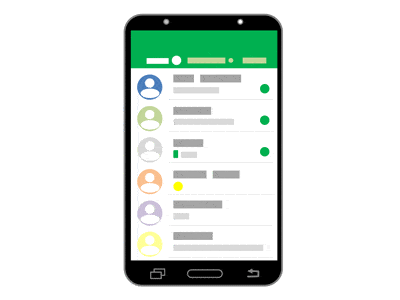
• Make a List of Emergency Contact Info: Needless to say, you must have a list of contact numbers for emergency services in your area when making a family emergency communications plan.
Before anything else, however, make sure that you store at least one emergency contact under “ICE” or “In Case of Emergency” for all mobile phones and devices. This will help someone in identifying your emergency contact if the need arises.
You should also make a list of emergency contact numbers of friends, relatives or neighbors that you can rely on in case such situations arise and you and your family need help.
• Buy an Emergency Short Wave Radio: Short Wave Listeners (SWLs) or short wave radios are extremely useful when a disaster or emergency strikes. International short-wave stations transmit World Band Radio – which is special news and special interest programs transmitted using shortwave – and HAM or amateur radio.
They are the most reliable form of disaster communications as they do not depend on the grid to work and do not stop working as a result of network overload.
On top of this, many short wave emergency radios are designed to withstand flooding and other emergency conditions. You should make it a point to buy emergency short wave radios and keep one in your home, at work or school as well as in your car.
Putting the Emergency Communication Plan into Action
The next critical step to take when creating your family emergency communications plan is to discuss how you can put it into action. PACE, which is an acronym for Primary, Alternate, Contingency, and Emergency.
PACE is a method employed to build a communication plan and yours should definitely have one.
When you use this method, you will need to determine the different parties that need to be in communication and then, if possible, determine the best four communication forms between each of these parties.
You should bear in mind that it is extremely important to build a PACE plan using multiple channels to make sure that you have reliable communications to your home or to help.
• Primary: This is the best method of communication between different parties in an emergency situation.

In most cases, it is in the form of digital cellular communications. It is advisable not to depend on Wi-Fi. This is also the overall best system to use or plan of action to take based on the most damaging or most likely scenario that you are planning to deal with.
It is essentially your Plan A. While it is a good and thorough plan, it is important to have a Plan B because you never know what might happen during an emergency situation.
• Alternate: Your Plan B, or alternate plan, should, in theory, be as viable as your primary plan. The alternate in the PACE plan is another commonly used, but less-optimal method of communication.

In many cases, it is monitored concurrently with the Primary method. How you decide your alternate plan is going to be will depend on the situation you think you will be dealing with.
You will need to think of some of the most probable problems that could result in your Primary plan not working and then come up with a plan that suits your situation and that those problems will not affect.
It is important to come up with a number of holes in your primary plan, whenever possible, and then find an equally good alternate but covers all those bases.
• Contingency: The contingency method will not be as easy, fast, convenient or inexpensive as the primary and alternate plans.

However, it is capable of accomplishing the task. The bad part is that in most cases, the receiver doesn’t always monitor this method.
Your contingency plan is what you are going to do if you are unable to do the first two for some reason or the other. While it is not always as good as the first two plans, the fact is that you need a backup.
When you come up with this plan, make sure that it is something that does not rely on what the other plans do. Do not rely on the Internet or mobile phones for your Contingency plan.
• Emergency: The emergency plan is the plan you go for if everything else fails. You may be fortunate enough to find a judicious emergency plan, but the biggest key about it is that you need it to be your most flexible plan of all with the best chance of success, regardless of the circumstances.
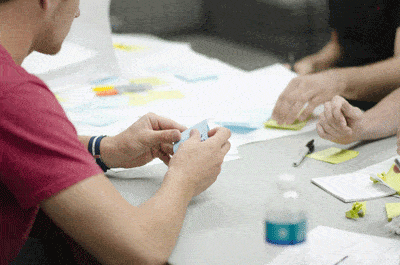
An emergency plan might not be the most convenient, but you need to make sure that you make it as foolproof as possible. For example, you could prearrange a time and frequency schedule on your HAM radios and make sure that everyone agrees to check it occasionally.
So, if you cannot contact a member of your household for whatever reason by cell, text, social media or at home or work, you will broadcast on your radio per the time and frequency schedule as many times as possible until you are able to reach them, and they will do the same.
The most important part of the PACE plan, which is important to bear in mind, is the act of planning itself. It takes time to research every scenario and come up with plans to suit those situations.
Radio Tech to Communicate During Emergencies
Here is a look at the different technologies you can use to communicate during emergency situations and each of their advantages and disadvantages.
Cell Phones
Pros:
• They are convenient and easy.
• You can send text messages during an emergency situation instead of calling.
• You can use them for emergency communications, even when the power goes out.

Cons:
• Cell phone networks go down during many disasters, such as hurricanes.
• The network can be flooded with countless people trying to contact loved ones.
Corded Phones
Pros:
• They provide quicker emergency response time.
• They are affiliated with a specific address, allowing emergency responders to trace your location immediately if necessary.
• They are easy for children to use.
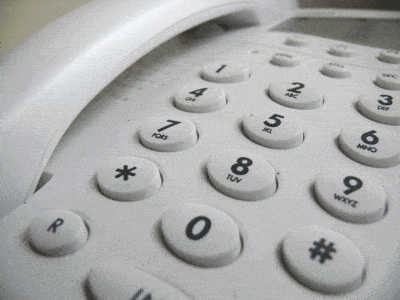
Cons:
• If you have experienced a hurricane, tornado, or other type of natural disasters, phone lines can get wiped out from fallen debris or high winds, causing your phone to be out of service for days, or even weeks.
Internet
Pros:
• It provides an alternate way to contact loved ones when other methods are not working.
• It gives you quick and easy access to social media sites where you can contact loved ones or read news about the disaster.
• It allows you to send texts or emails to your loved ones so that you can leave the voice line free for people who need to call emergency services.

Cons:
• Wi-Fi and Internet network can go down during disasters and emergency situations. Hopefully you are not in a Walking Dead type situation.
Two Way Radios
Pros:
• They are extremely reliable as they do not rely on the grid to work.
• They do not stop working as a result of network overload.
• They are designed to withstand a number of different emergency situations.
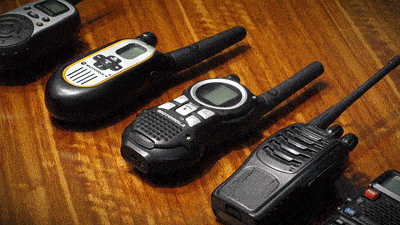
Cons:
• They have range issues.
• A potential threat could find out where you are and/or that you exist.
• They rely on batteries and batteries have a short service life.
HAM Radio
Pros:
• They provide greater flexibility with the design and placement of the antenna.
• There are more repeaters available for you to use.
• They can use higher wattage.
• The entry level cost is low.
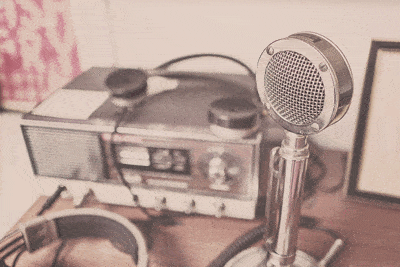
Cons:
• They require licensing.
• You need to pay more if you want to use higher wattage.
CB Radio
Pros:
• They do not require testing or license.
• They are commonly available.
• They are typically easy to use.
• They come with a low entry level cost.
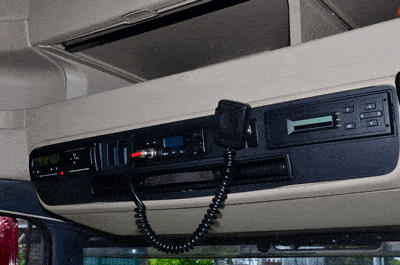
Cons:
• They are highly susceptible to interference and noise.
• They are incompatible with AM and SSB is difficult to use.
• Their antennas are larger than those of other radios.
Satellite Radios
Pros:
• They work fine when power and landlines are down and traditional or modern systems are not working.
• They make for the best alternative communication system during disasters or emergency situations.
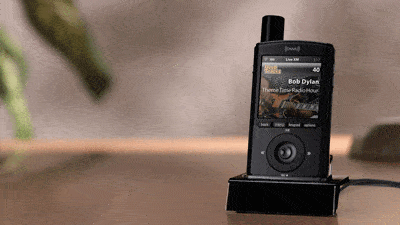
Cons:
• You need to choose a satellite provider and apply for a submission.
• You also need to pick the type of device you will need and the necessary bandwidth.
• You need to install the device and choose the team that will work with them.
• They are expensive.
No matter which part of the world you live in, a disaster can strike anywhere, any time. You could be living in New York or California and because of financial mismanagement – your state could collapse, for example. See Greece, Venezuela, and so on.
This makes it incredibly important to have a family emergency communications plan. Being prepared is crucial to surviving any disaster or emergency.
Discuss the plan with your family and remind them why you need to take steps to prepare and practice.

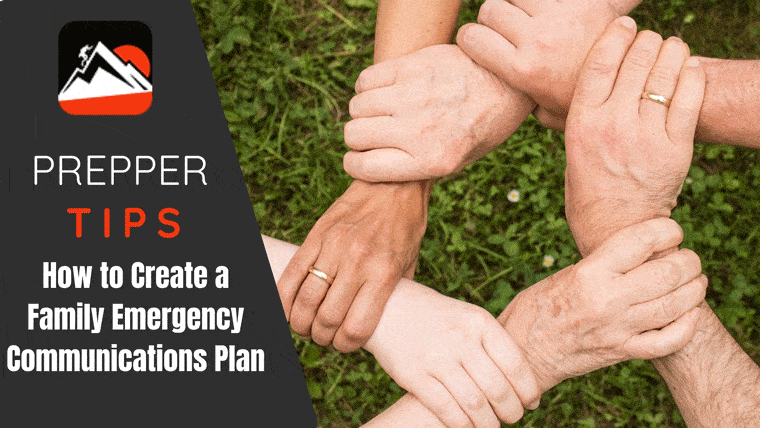

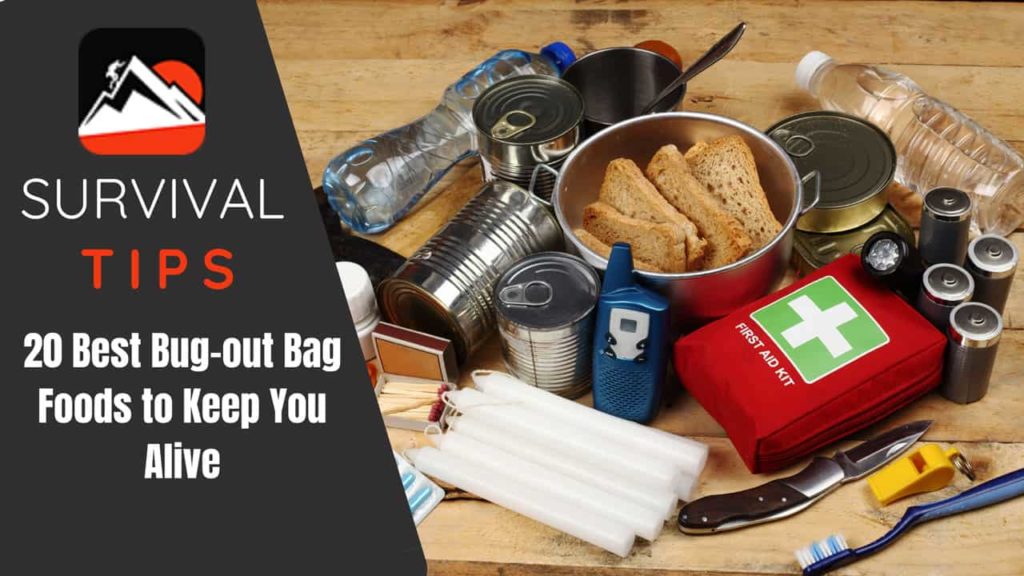

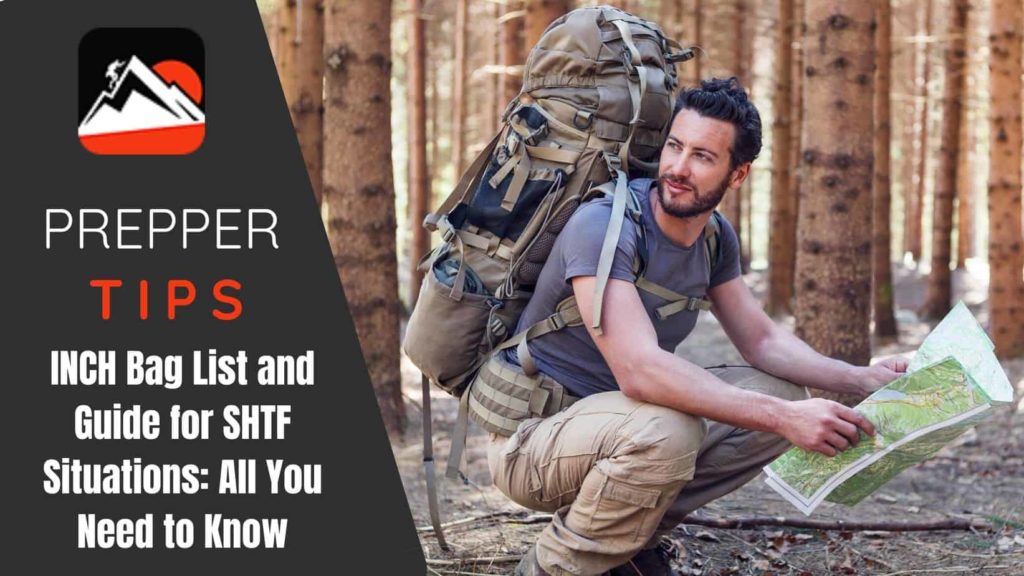
An exhaustive detail of comms options to consider and use in emergencies. The one point I would add would be to develop non technical comms as well. Learn hand signals. Recognize flags or banners, other types of signs unique to you and your group. Dead drops are still a thing. Rendezvous points and SOP’s if needed. Develop passwords or passphrase. Take your comms plan to a micro level for your family or group.
Northern Survivalist